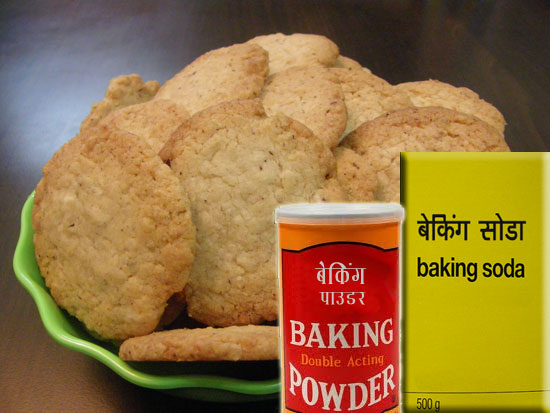

In “slow-acting” baking powder, the acid doesn’t dissolve until it reaches a higher temperature, so it won’t start rising until it hits the oven. “Fast-acting” reacts at room temperature. That’s why you’ll sometimes see baking powder with different labels. (This is useful with batters and doughs that need to chill before going in the oven.)

So with a careful application of science, manufacturers have made baking powder work according to your schedule by using acids that don’t dissolve in water until they reach a certain temperature. But if you don’t work quickly and get the batter into the oven in just a few minutes, those bubbles will rise right out of the batter and into the air.

When you mix wet and dry ingredients, baking powder activates instantly, enlarging bubbles in the batter and making it rise. To activate it, all you need to do is add a liquid (which, by definition, a batter has to contain anyway).īeing self-contained isn’t baking powder’s only trick. Too much soda and not enough acid to activate it all means that you’ll have unreacted soda left over, which will create a bitter or soapy flavor.īaking powder, on the other hand, is a complete package: it contains baking soda and enough acid to cause a balanced reaction. You want to use only enough to react with the amount of acid in your batter. But more baking soda doesn’t necessarily equal more lift. This acid could be lemon juice, buttermilk, yogurt, or vinegar (remember the volcano?). The difference is in how they’re activated.īaking soda (sodium bicarbonate, or NaHCO 3 for all you geeks in training) needs an acid to enable it to give off the gas that enlarges a batter’s bubbles. The fact is, both are leaveners, meaning they help baked goods like cakes, biscuits, and pancakes rise. I’m sure I’m not the only cook who has wondered if baking powder and baking soda are interchangeable, and why some recipes call for one, the other, or both. But what about baking powder? Since it didn’t get covered in my science class, I had to do my own research (fun!). When I got into the kitchen as an adult, I remembered that volcano, and so I understood how baking soda works-the carbon dioxide gas that’s given off enlarges bubbles that already exist in a batter or dough, which helps baked goods rise. My teacher demonstrated this memorably with a model volcano that bubbled up and erupted when he added vinegar to red food coloring and baking soda. (Yes, I paid attention in junior high science.) Because baking soda is alkaline, when it’s mixed with acid, it neutralizes some or all of that acid, and in the process gives off carbon dioxide gas. In junior high science class, I learned that baking soda was an alkaline powder.


 0 kommentar(er)
0 kommentar(er)
